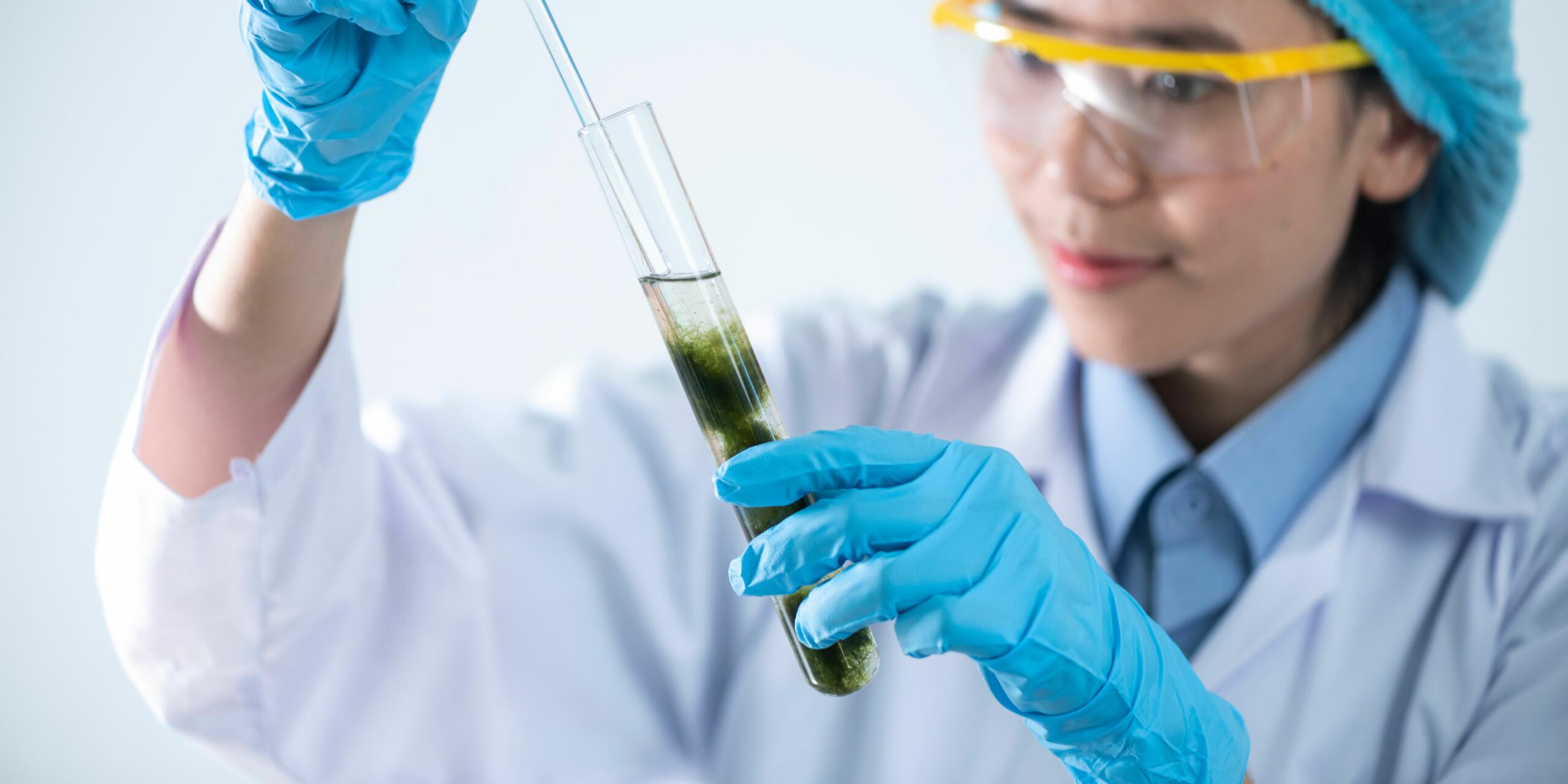Blue-Green Algae: Get to know its Definition, Uses, effects.
Blue-green algae, scientifically known as cyanobacteria, are a fascinating group of photosynthetic microorganisms that play a crucial role in various ecosystems. Despite their name, they are not true algae but rather a type of bacteria capable of photosynthesis.
This article will delve into the definition, uses, and effects of blue-green algae, shedding light on their significance in both natural and human-influenced environments.
Definition of Blue Green Algae
Blue-green algae, or cyanobacteria, are a diverse group of photosynthetic prokaryotes that can be found in various aquatic environments, ranging from freshwater lakes and rivers to marine environments. Unlike true algae, which are eukaryotic organisms, cyanobacteria lack a membrane-bound nucleus and other membrane-bound organelles.
Cyanobacteria range in size from 0.5 to 60 mm, making them the largest prokaryotic organisms.
They derive their blue-green color from pigments such as chlorophyll-a and phycocyanin, allowing them to harness sunlight for photosynthesis.
Where can you find Blue- Green Algae?
Such bacteria are usually found naturally in marine and freshwater systems. They grow in water bodies like dams, rivers, reservoirs, lakes and even in hot springs.
These bacteria turn blue when they are dying and normally look green during its early stages. All the kinds of species of this bacteria can float in water.
Uses of Blue Green Algae
Ecological Significance:
Blue-green algae are fundamental to aquatic ecosystems, contributing significantly to the production of oxygen through photosynthesis. They play a crucial role in the carbon and nitrogen cycles, helping maintain a balanced ecosystem. Furthermore, cyanobacteria are primary producers that form the base of the food chain, providing sustenance for various aquatic organisms.
Bioremediation:
Certain species of blue-green algae possess the ability to absorb and accumulate heavy metals and toxins from the environment. This characteristic makes them valuable in bioremediation efforts, where they are employed to clean polluted water bodies. Cyanobacteria can sequester pollutants, helping to purify water and improve overall water quality.
Nutritional Supplements:
Spirulina and Aphanizomenon flos-aquae are two types of blue-green algae that have gained popularity as nutritional supplements. These cyanobacteria are rich in proteins, vitamins, and minerals, making them a valuable dietary source. Spirulina, in particular, is cultivated for its high protein content and is used as a dietary supplement for humans and animals.
Agriculture:
Cyanobacteria contribute to soil fertility by fixing atmospheric nitrogen into a form that plants can use. This process, known as nitrogen fixation, enhances the nutrient content of the soil, promoting plant growth. Some farmers use blue-green algae as a natural fertilizer to improve soil fertility and reduce the need for synthetic fertilizers.
Effects of Blue Green Algae:
Harmful Algal Blooms (HABs):
While many cyanobacteria are beneficial, some species can form harmful algal blooms (HABs) under certain conditions.
HABs are characterized by a rapid increase in the population of cyanobacteria, leading to water discoloration and the release of toxins.
These toxins can have detrimental effects on aquatic life, causing fish kills and posing a threat to the health of humans and animals that come in contact with contaminated water.
Water Quality Issues:
Blue-green algae are indicators of water quality, and their presence in large quantities is often associated with nutrient pollution, especially from excessive nitrogen and phosphorus.
Agricultural runoff, urban stormwater, and untreated wastewater can contribute to nutrient enrichment, leading to the proliferation of cyanobacteria and subsequent water quality degradation.
Human Health Concerns:
The toxins produced by certain cyanobacteria during HABs can pose health risks to humans.
Exposure to contaminated water through recreational activities or drinking water consumption can lead to symptoms such as skin irritation, gastrointestinal issues, and respiratory problems. In extreme cases, exposure to cyanotoxins can be fatal.
Empowering Farmers: Our Azolla Pits Initiative
We’ve teamed up with Sid’s Farm to introduce Azolla Pits—a simple and sustainable solution for dairy farming. Azolla, a protein-rich algae, provides cows with a cost-free and easy-to-maintain source of nutrition. With Sid’s Farm, we’re making these pits accessible to farmers and providing guidance on usage. Together with The Affordable Organic Store, we’re confident this initiative will make a big difference for everyone involved. Donate now to support this cause and make farming greener and more efficient!

